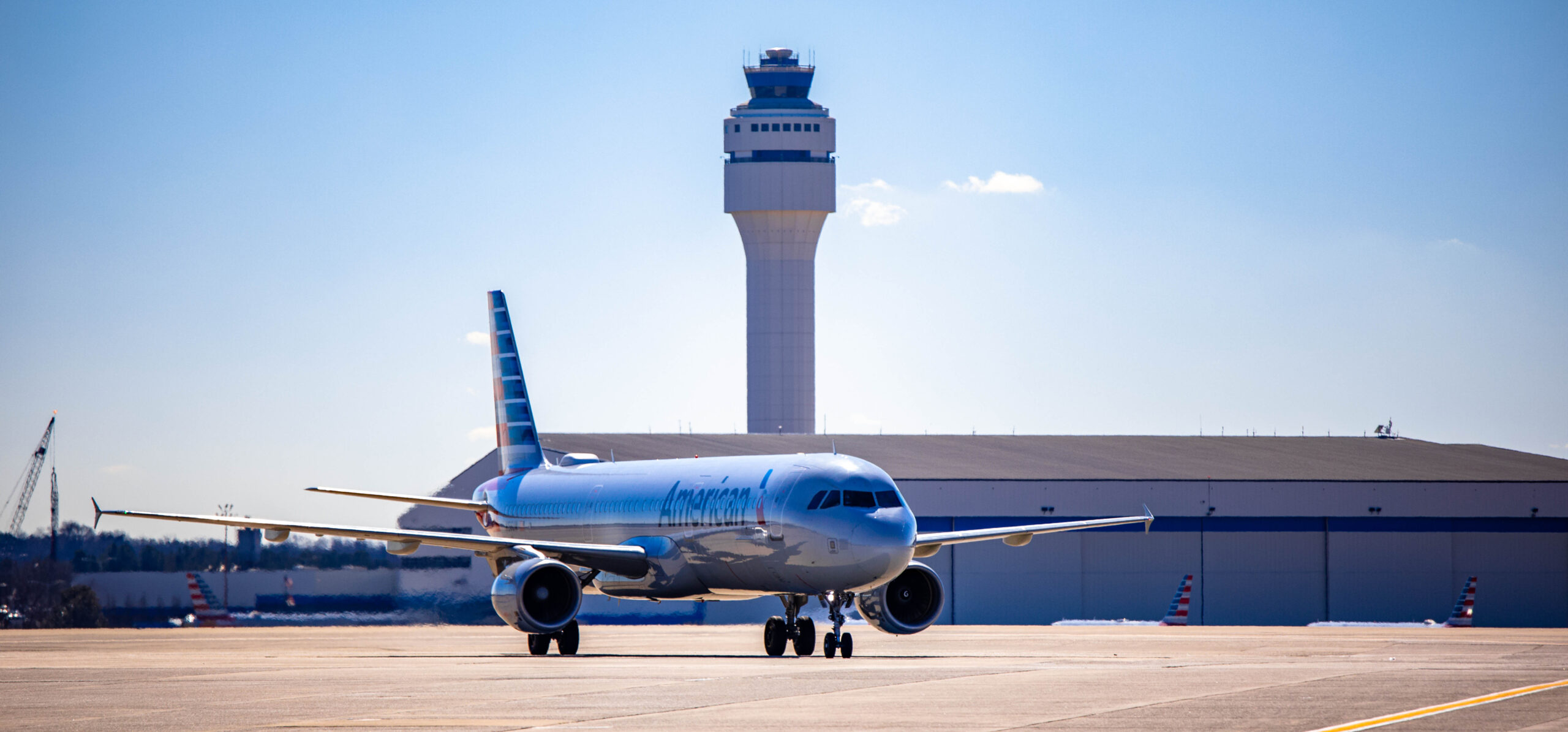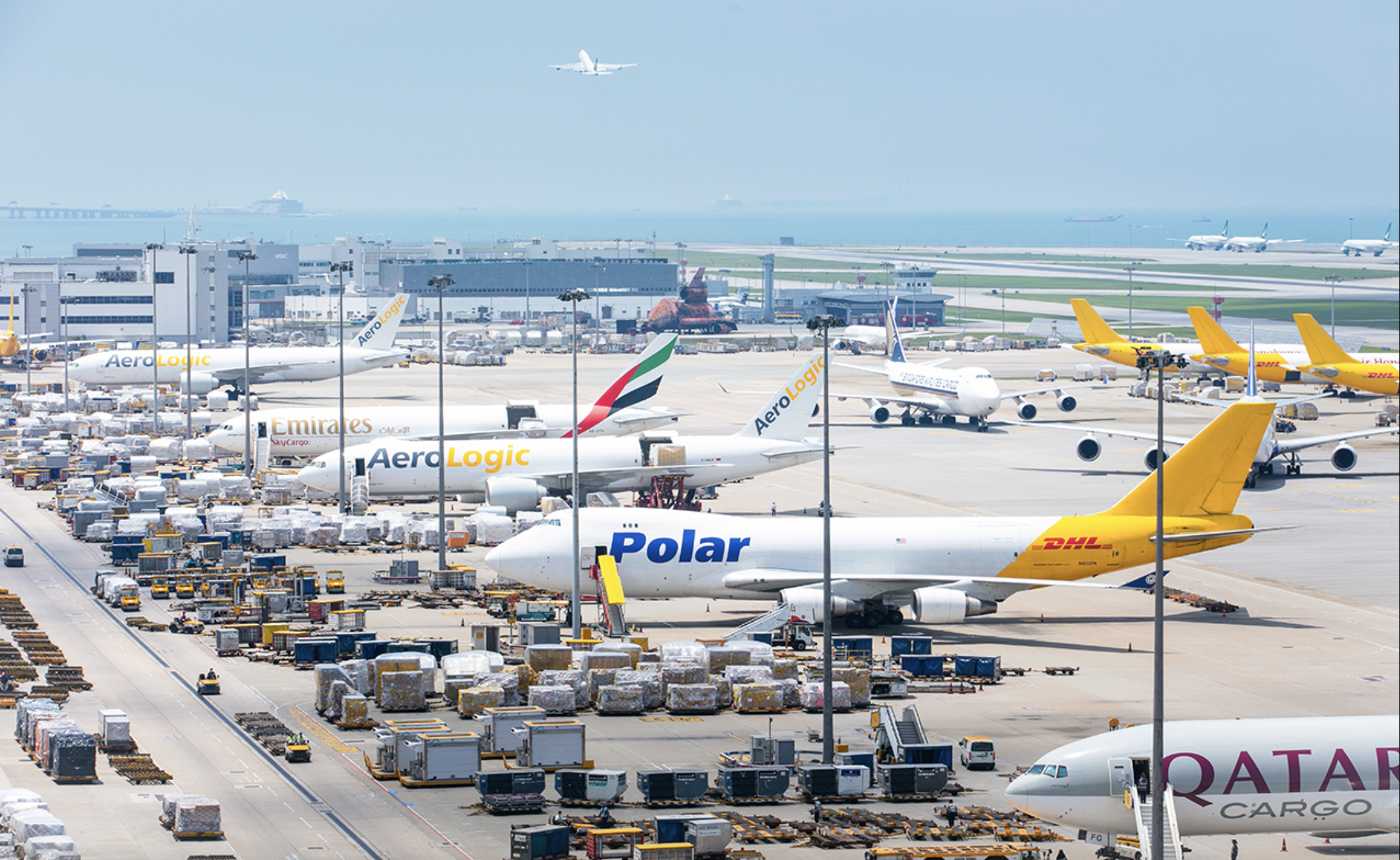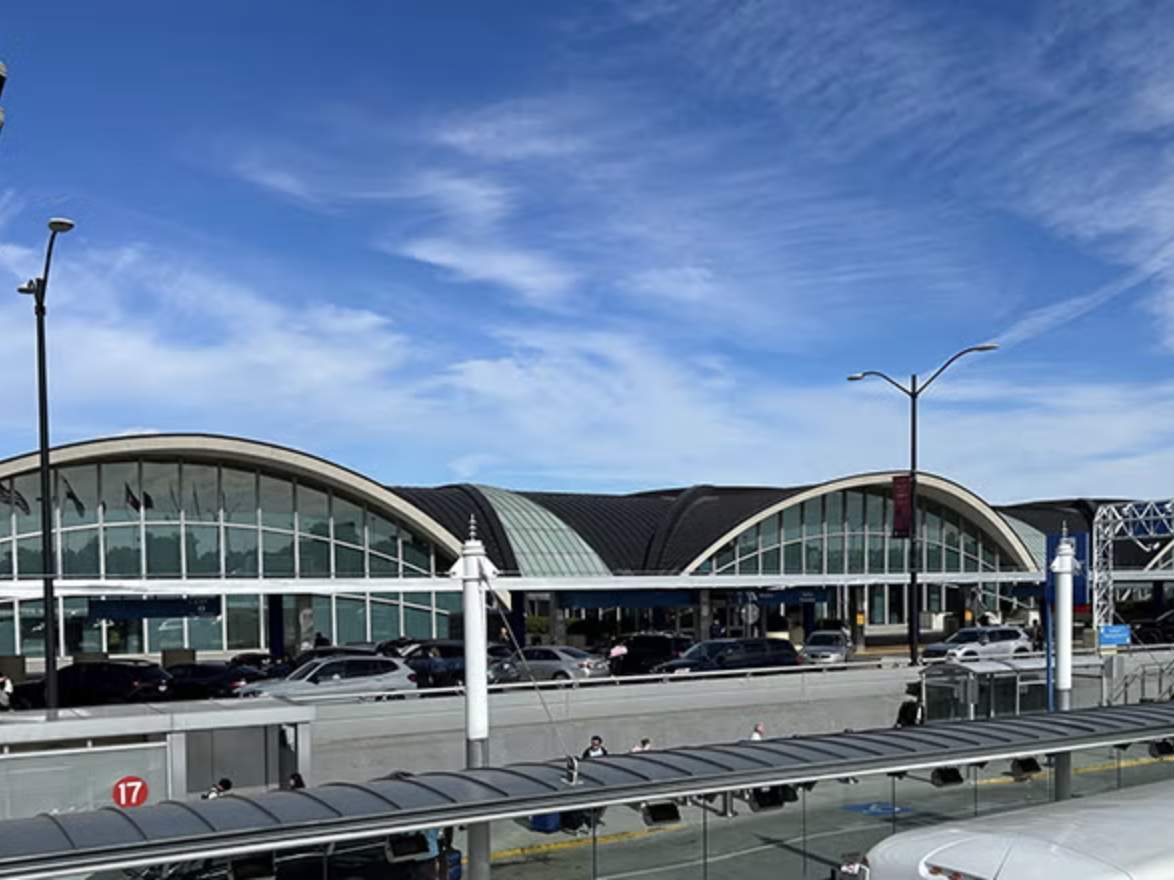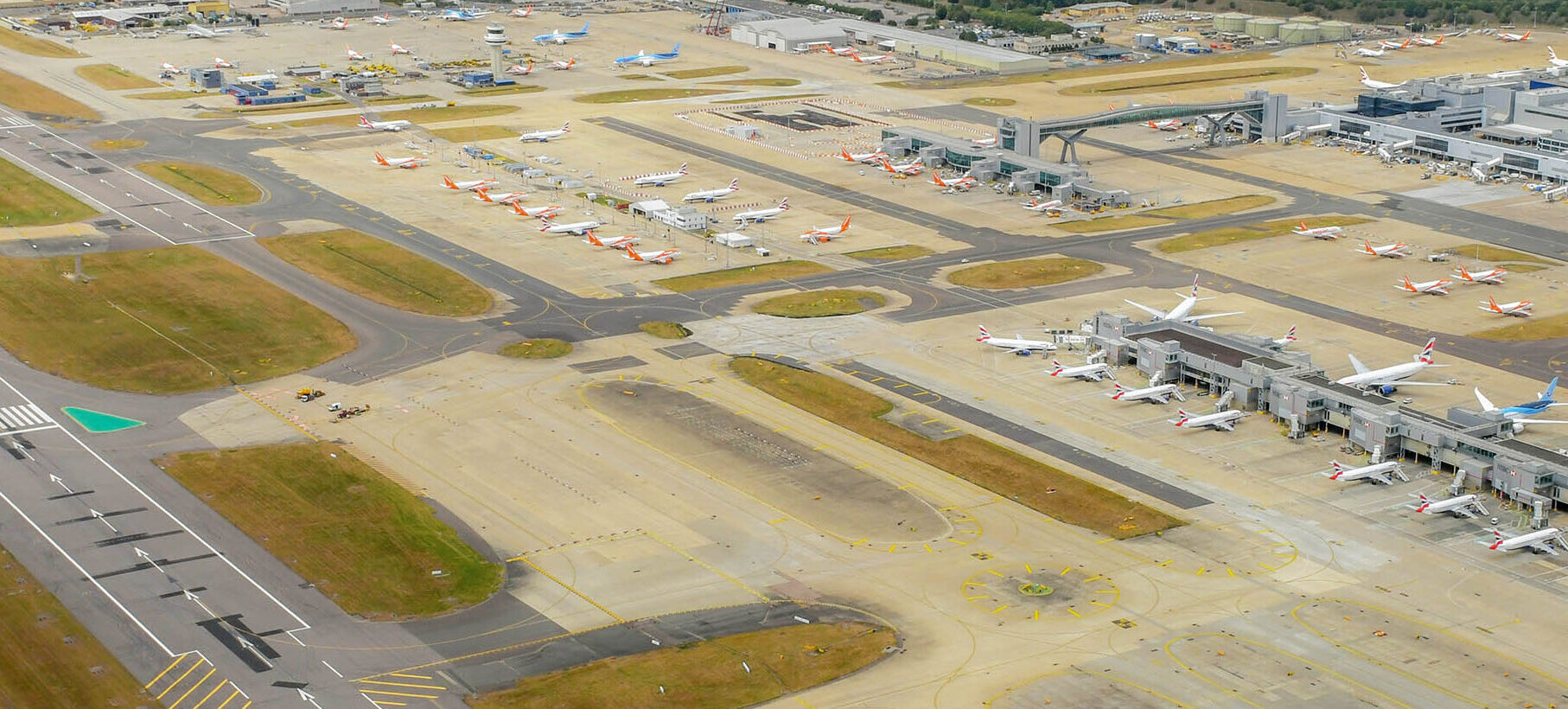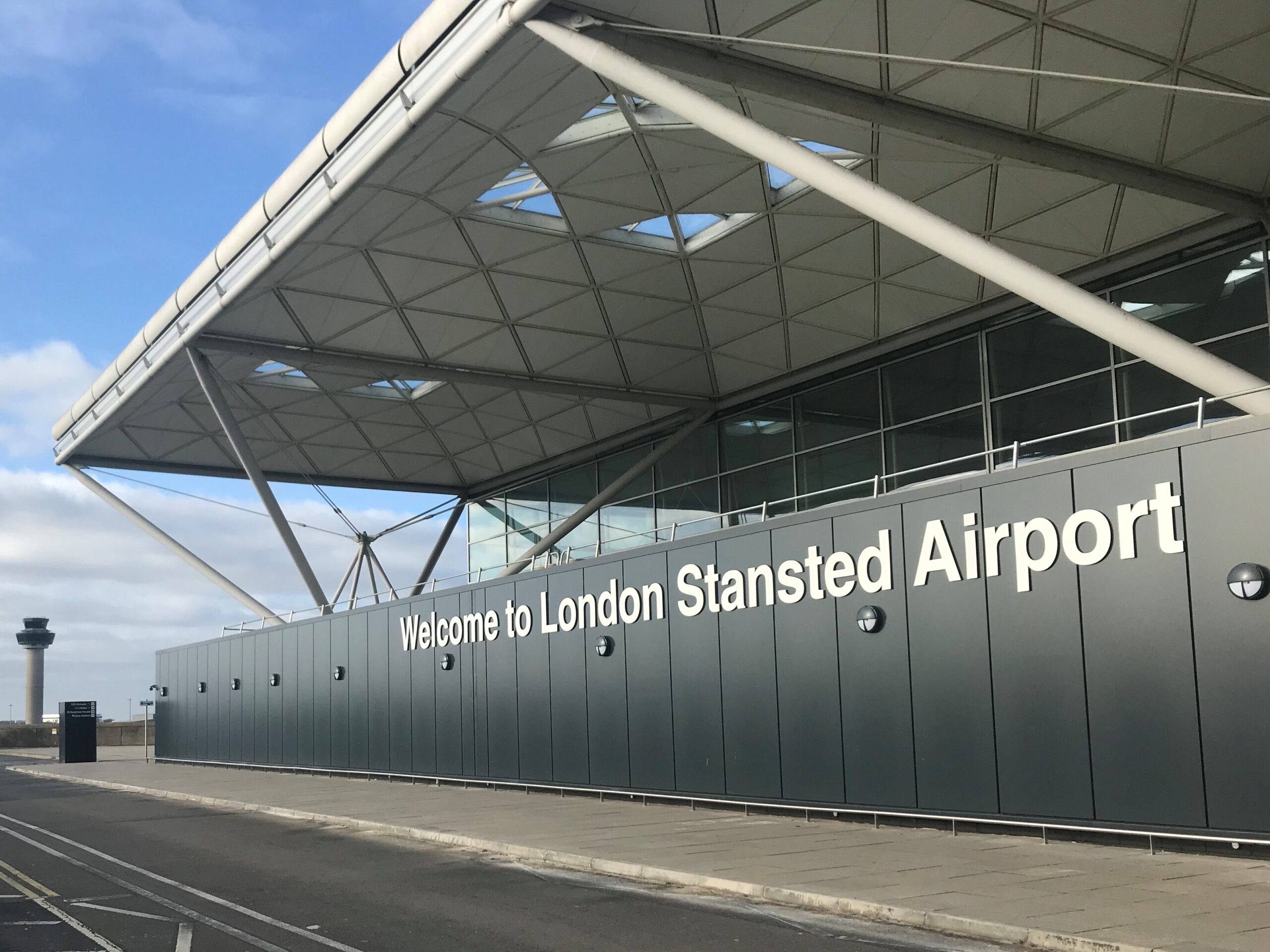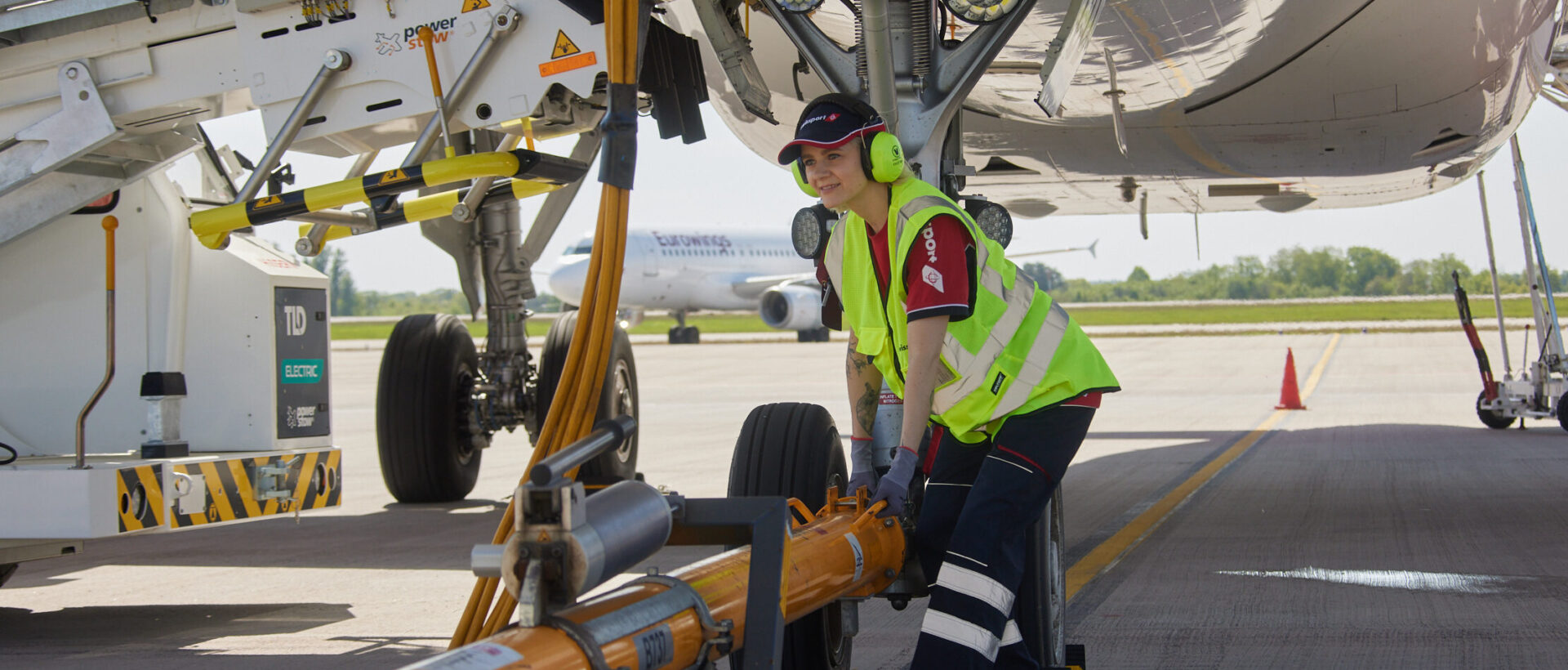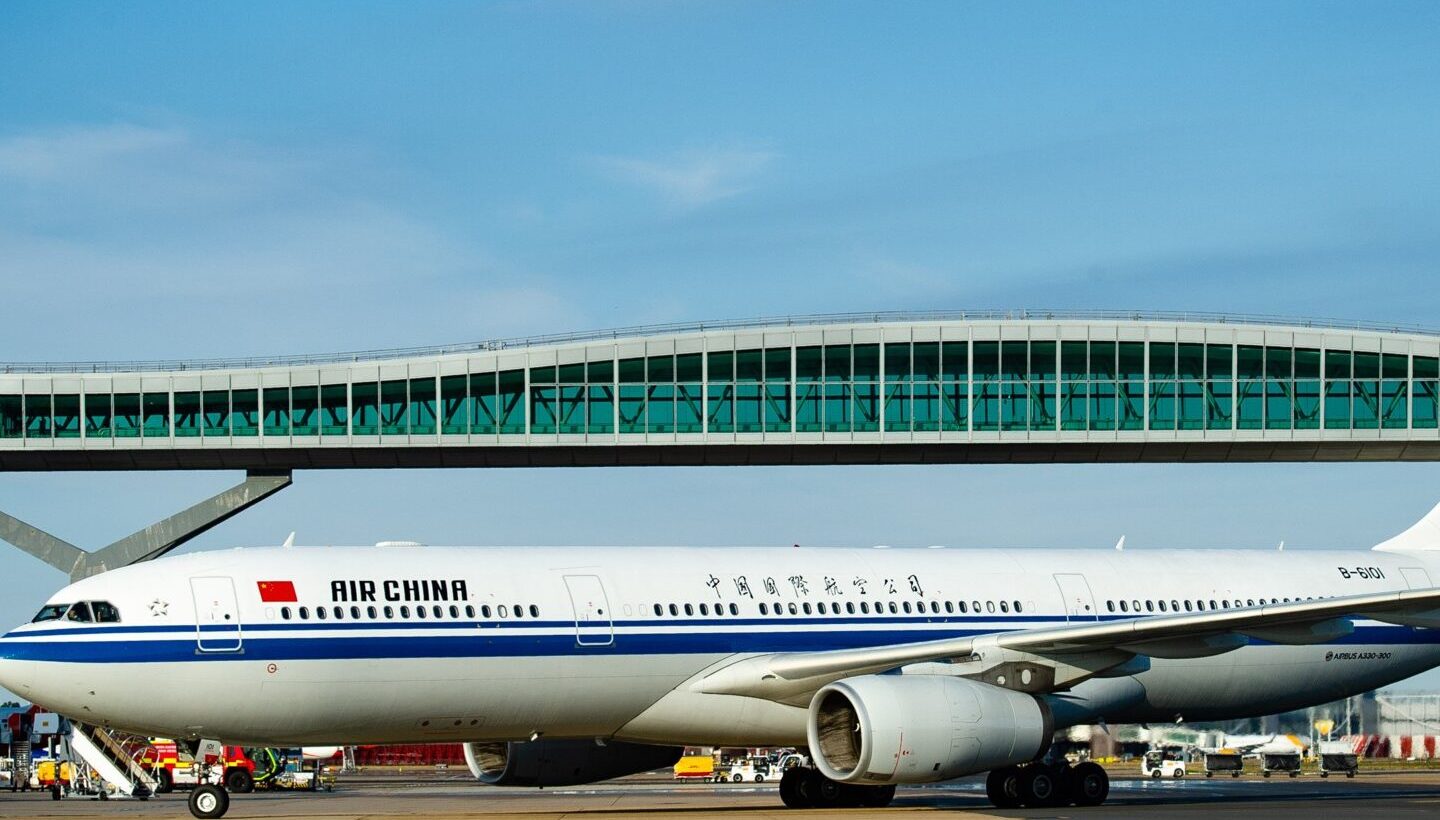The UK government has provided an update on its vision for airport expansions, with an emphasis on the role of aviation in growth.
Air connectivity plays a vital role in supporting economic growth across the country, facilitating the movement of people, goods, and ideas. In 2023, air freight accounted for 57% of the UK’s non-EU exports by value.
Meanwhile, international air connectivity contributes significantly to the UK economy, attracting foreign investment and supporting the country’s tourism sector. In 2023, international visitors spent over 31 billion GBP in the UK.
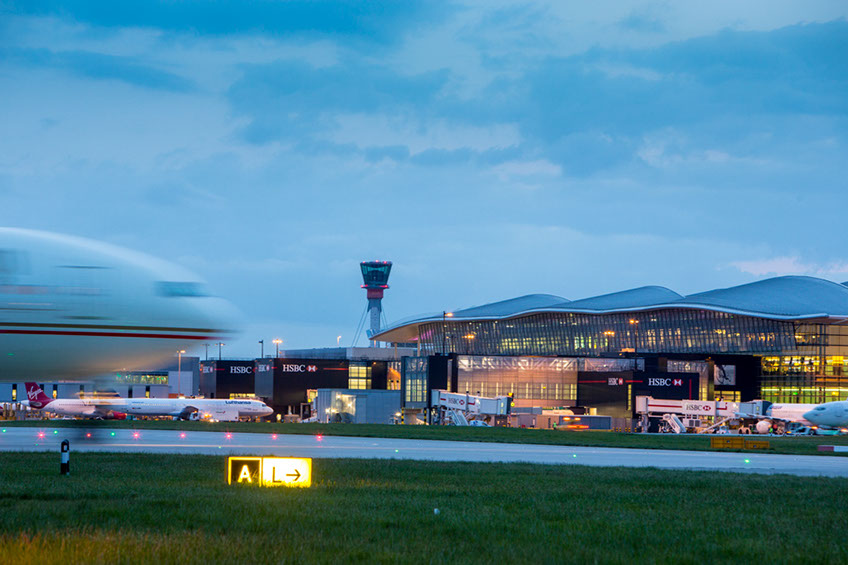
According to the Department for Transport (DfT), the air transport sector directly contributed 14 billion GBP to UK GDP in 2023 and provided over 140,000 jobs in 2022. The sector also supports many more jobs indirectly, through the supply chain and related industries.
The UK’s Airport Industry
The UK has the third-largest aviation network globally, following the USA and China. London’s airports offer more routes than any other European city.
However, capacity constraints at major airports, especially Heathrow, pose challenges to the sector’s growth. Heathrow, which is the largest airport in Europe by passenger traffic, is operating near full capacity. These limitations can lead to flight delays, reduced competition, and a diminished ability to expand domestic connectivity.
Furthermore, the UK’s hub status, crucial for maintaining a strong international presence, could be at risk if Heathrow is unable to accommodate more flights, potentially leading to competition from airports in Amsterdam, Istanbul, and Frankfurt.
The UK government is therefore working to address airport capacity issues, with several initiatives underway. London City Airport has received approval for an expansion plan to accommodate up to 9 million passengers annually by 2031. London Stansted is also investing 1.1 billion GBP into terminal expansions and improvements to passenger services.
Now, the government has announced a focus on addressing capacity issues at Heathrow to maintain its role as the UK’s primary hub airport. Meanwhile, decisions on expansion at Gatwick and Luton remain outstanding.
Supporting Heathrow’s Expansion
The government has expressed a commitment to ending years of uncertainty surrounding Heathrow’s expansion and has called for proposals for a third runway. These proposals are expected by summer 2025.
The potential benefits of a third runway at Heathrow include substantial investment in the UK economy, the creation of over 100,000 jobs, and an improvement in the airport’s global status as both a passenger hub and a key freight terminal. An expanded Heathrow could offer passengers more choices, lower fares, and fewer delays.
However, these plans remain deeply controversial, with concerns centring on the environment, finances, and community impact.
Planning and Infrastructure
Building the necessary infrastructure for a third runway will take several years and may extend into future parliamentary terms. However, the government has signalled its intention to expedite the process.
Reforms in the upcoming Planning and Infrastructure Bill, set to be introduced in spring 2025, are expected to streamline the planning process and accelerate the delivery of large-scale infrastructure projects.
These reforms will align with broader industrial, energy, and transport strategies, aiming to support economic growth across the UK.
While the government has emphasised that expanding airport capacity is a priority, it has also recognised the importance of addressing the environmental impact of aviation by reducing carbon emissions and improving efficiency.
It has therefore introduced measures such as a Sustainable Aviation Fuel (SAF) Mandate to encourage investment in domestic SAF production. Additionally, the Jet Zero Taskforce has been launched to develop strategies for achieving zero-emission flight technology.
Modernising airspace and reducing noise impacts are also key components of the UK’s strategy. For instance, airspace changes are expected to save over 12,000 tonnes of CO2 per year, while noise abatement procedures have reduced community exposure to significant noise around airports like Heathrow by up to 40%.



